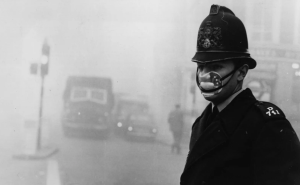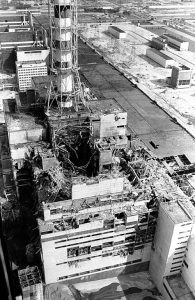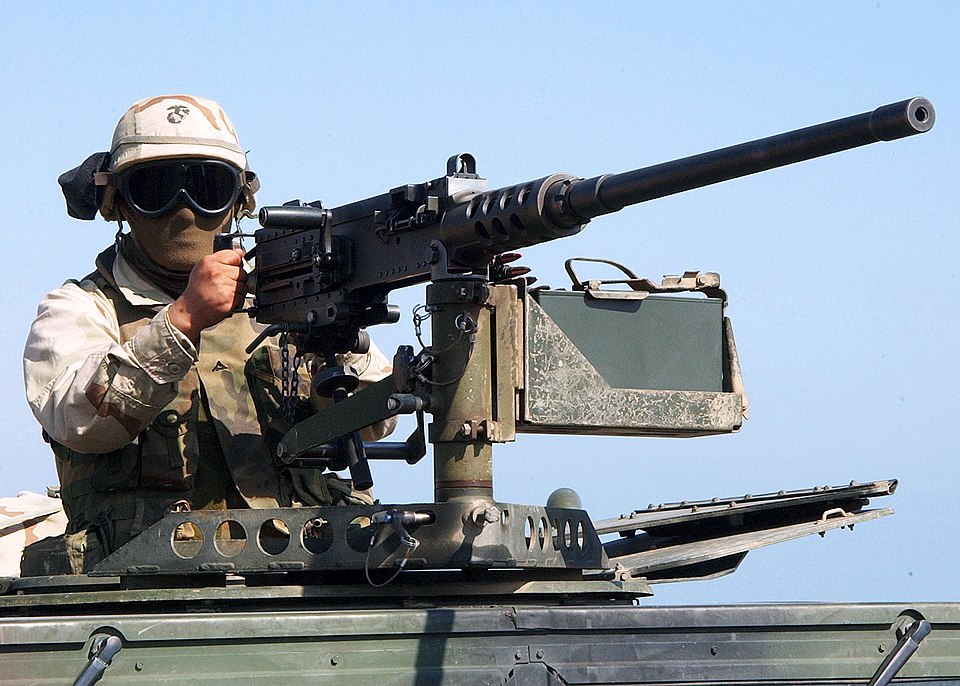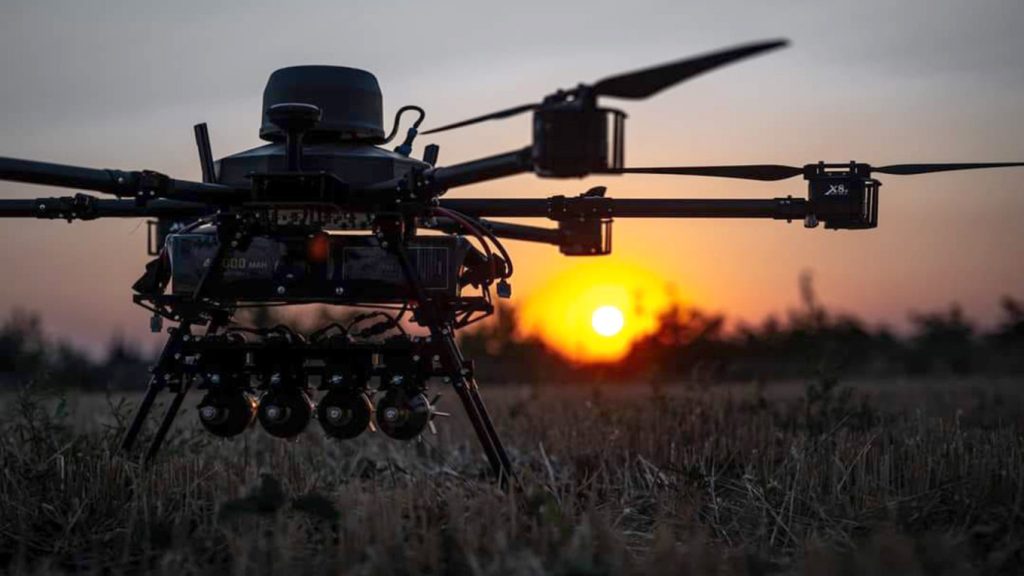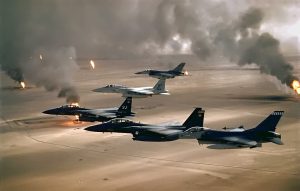Previously, we’ve talked about two infantry rifles from the 19th Century which were very much the AK-47‘s of their time, the Remington Rolling Block and the Mauser 98. Both rifles were simple, reliable, accurate, and comparatively cheap. In many cases, examples of both are still shooting to this day.
But there is another rifle that meets similar criteria, but one that is more akin to the AR-15 and M-16:
The Enfield rifles.
The Lee-Enfield rifle series represents one of the most successful and longest-serving military firearms in history. From the dusty plains of the Boer War to the dense jungles of Malaya [https://en.wikipedia.org/wiki/Malayan_Emergency], these bolt-action rifles served the British Empire and Commonwealth [https://en.wikipedia.org/wiki/Commonwealth_of_Nations] with distinction for over half a century. In many places throughout the world – including Afghanistan – the Lee-Enfield rifle continues to serve on the battlefield, as it outranges both AK- and AR-type rifles handily.
The Lee-Metford: Precursor to Greatness
The Lee-Metford rifle, adopted by British forces in 1888, represented a revolutionary step in military firearms. Combining James Paris Lee‘s rear-locking bolt action and detachable box magazine with William Ellis Metford’s shallow-groove rifling, the design offered unprecedented firepower. Chambered in “.303 British“, it featured an eight-round magazine and cock-on-closing action that enabled rapid fire. However, the Metford rifling wore quickly when used with the new cordite propellant introduced in the 1890s. This limitation led directly to the development of the Lee-Enfield in 1895, which maintained Lee’s action while incorporating deeper, more durable Enfield rifling.

The No.1 Mk.III: The Great War Workhorse
The Lee-Enfield No.1 Mk.III (universally known and loved as the “Smelly” from its formal designation of “SMLE”, for ‘Short Magazine Lee-Enfield‘) introduced in 1907, represented a refinement of earlier Lee-Metford and Lee-Enfield designs. Building upon the revolutionary Lee bolt action with its rear locking lugs and cock-on-closing operation, the Mk.III incorporated lessons learned during the Second Boer War.
The rifle featured a distinctive ten-round detachable magazine — double the capacity of its contemporaries like the German Gewehr 98 or American Springfield M1903. This magazine, combined with the smooth action of the bolt, allowed trained soldiers to achieve the “mad minute” — 15 aimed shots in 60 seconds — a rate of fire that German forces at the Battle of Mons in 1914 initially mistook for machine gun fire.

Chambered for the rimmed .303 British cartridge, the No.1 Mk.III measured 44.5 inches overall with a 25-inch barrel. During World War I, production necessities led to the simplified No.1 Mk.III*, which eliminated volley sights and other complex features. Over 2 million were produced in Britain, with additional manufacturing in Canada, Australia, and India.
The rifle’s baptism of fire came during World War 1, where it proved reliable in the mud of Flanders and the dust of Mesopotamia. Its accuracy, reliability, and rate of fire made it a formidable infantry weapon, though its overall length proved cumbersome in trench warfare.
The No.4 Mk.1: WWII Modernization
The interwar period saw continued development of the Lee-Enfield, culminating in the No.4 Mk.1, which entered service in 1941. This redesign maintained the proven action while incorporating several improvements. The barrel was heavier and stronger, with a new squared-off receiver and a simpler aperture rear sight that proved faster to use in combat conditions.

The No.4 featured a socket-style bayonet fitting rather than the sword bayonet of earlier models. The wooden forestock was shortened, exposing more of the barrel for better cooling and reducing weight slightly. The trigger pull was improved, and the rifle’s overall robustness increased.
Production ramped up rapidly during World War II, with factories in Britain, Canada (as the No.4 Mk.1*), and the United States (under Lend-Lease) producing over 4 million rifles. The No.4 Mk.1(T) variant, equipped with telescopic sights, became the standard British sniper rifle of the war, renowned for its accuracy at ranges exceeding 600 yards.
The No.5 Mk.1: The “Jungle Carbine”
The final major development in the Lee-Enfield family came with the No.5 Mk.1, commonly known as the “Jungle Carbine.” Designed for the close-quarters combat of the Pacific and Southeast Asian theaters, this compact variant appeared in 1944.
The No.5 featured a dramatically shortened barrel (20.5 inches) and cut-down woodwork, reducing overall length to 39.5 inches and weight to about 7 pounds. A distinctive conical flash hider compensated for the increased muzzle flash of the shortened barrel, while a rubber buttpad tried to help manage the increased recoil.

Despite its innovations, the Jungle Carbine suffered from accuracy issues, with many examples exhibiting “wandering zero”—an inability to maintain consistent accuracy under field conditions. This flaw, usually the result of the wooden stock pushing unevenly on the barrel, combined with the harsh recoil and the approach of new select-fire weapons like the FN FAL, led to its relatively short service life, with production ending in 1947 after approximately 250,000 were made.
Legacy and Continued Service
The Lee-Enfield rifles continued in service well beyond World War II. The No.4 remained the standard British Army rifle until replacement by the L1A1 SLR in the 1950s. In Commonwealth countries, particularly India and Pakistan, local production continued for decades, with the rifles serving into the 1980s and beyond with police and reserve forces.

As we have remarked on frequently, ‘old’ does not necessarily equate to ‘obsolete’. The .303 British cartridge is still perfectly capable as both a hunting and combat cartridge. While there are certainly newer weapons that perform better on paper, at the proverbial “point of impact”, the c.150 grain bullet of the .303 does just as much damage as most modern large-caliber cartridges, even to those wearing modern body armor.
Today, the Lee-Enfield series is prized by collectors, military history enthusiasts, and competitive shooters in vintage rifle matches. Their robust construction means many examples remain serviceable after a century of use, testament to the enduring quality of their design and manufacture.
The Lee-Enfield family represents a remarkable chapter in military firearms development — a successful marriage of innovative design, practical battlefield utility, and industrial manufacturing capability that armed an empire through two world wars and countless colonial conflicts.




